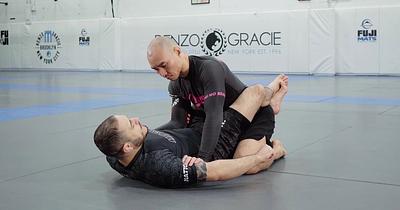Open Guard: Core Concepts
by Team Digitsu
Updated: March 24, 2025
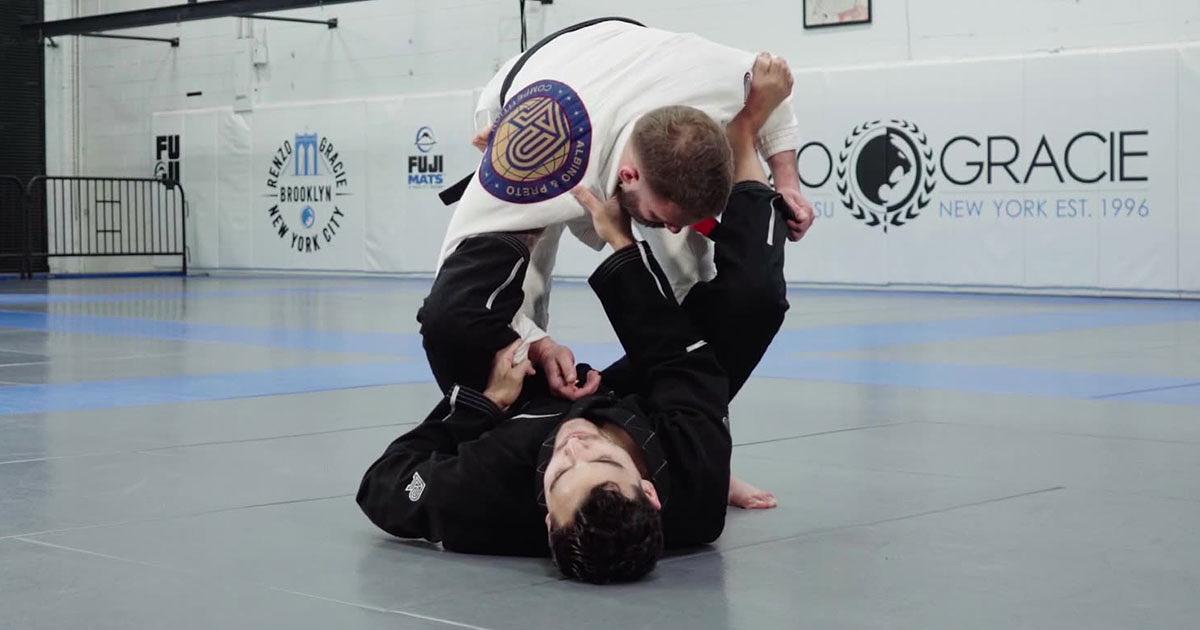
In Brazilian Jiu-Jitsu (BJJ), mastery of the guard is a critical component of your defensive and offensive game. The open guard, a dynamic and intricate position, forms the cornerstone of this ground-based martial art. When you transition to the open guard, you retain a large degree of mobility and options for controlling your opponent, allowing for a variety of sweeps and submissions.
Understanding the open guard's various types, such as the spider, de la Riva, or butterfly, is valuable in both training and competition. This position can be particularly effective in MMA as well, enhancing your ability to manage the distance and engage in ground fighting with added versatility. Your ability to maneuver from the open guard can significantly dictate the flow of a match, making it an essential skill to refine for any serious practitioner of grappling martial arts.
Developing a solid open guard involves not only physical technique but also strategic insight. As you progress, the open guard becomes more than a mere position—it evolves into a robust system that can be applied to counteract an opponent's strength and leverage your own movements efficiently. Embracing the open guard's complexities will enrich your overall jiu-jitsu experience and elevate your grappling performance.
The Fundamentals of Open Guard
Mastering the open guard is crucial for maintaining a dynamic defense and setting up offensive strategies. Unlike the closed guard, where you lock your legs around the opponent, the open guard is characterized by utilizing your legs to create a barrier while they remain uncrossed. Your legs act as your first line of defense, controlling the distance and pace of the engagement.
Guard retention is fundamental to a strong open guard. To effectively maintain your guard, practice the following essentials:
- Leg Placement: Keep your feet active; use hooks and pushes for optimal control.
- Hip Movement: Continuously reposition your hips to avoid being pinned or passed.
- Grip Control: Secure grips on your opponent's sleeves or pants to manipulate their movement.
Maintaining distance is also key. You must:
- Manage the space between you and your opponent to prevent them from closing in.
- Utilize sweeps and submissions when they enter your range.
Your goal is to use your open guard not just to defend, but to set up attacks and transitions. Remember, the open guard is as much a dynamic position of control as it is a shield. It offers a wide array of options - from sweeps to submissions - which are all contingent on how well you can manage the fundamentals of open guard.
Developing an Effective Open Guard
To develop an effective open guard in BJJ focus is key. Your open guard is the foundation for keeping opponents at bay and setting up attacks or sweeps. Here's how to sharpen it:
Establish Control: Your legs are your primary tools for control. Keep constant tension in your legs to manage the distance between you and your opponent. Use your legs to create barriers, engage your biceps, and thwart any passing attempts.
- Grip Dynamics: In gi BJJ, grips are crucial. Grab your opponent's sleeves or collar to manipulate their posture and balance. Without a strong grip, controlling your adversary becomes challenging.
Maintain Contact Points:
- Arms: Use them to assist your legs, ensuring you have multiple points of contact.
- Legs: Keep them active, using hooks and shields to prevent passes.
Remember, open guard isn't static; it's about fluidity and reaction. Stay light on your back and be ready to transition.
- Guard retention drills to enhance mobility and develop muscle memory.
- Transition drills between different open guard styles (e.g., spider, De La Riva) to stay adaptable.
In summary, a potent open guard in BJJ is about control, grip, and tension. Infuse your practice with these elements, and your open guard will become a formidable part of your arsenal.
Key Open Guard Positions and Variations
Open Guard offers a wide array of positions that enable you to control your opponents and set up sweeps or submissions. Each variation is designed to interact with your opponent's limbs and posture in specific ways.
Butterfly Guard
The Butterfly Guard is identified by sitting up with both of your feet inside the opponent's thighs. Your hooks and hand grips are crucial here, as they allow you to lift and manipulate your opponent's balance, facilitating sweeps.
Spider Guard
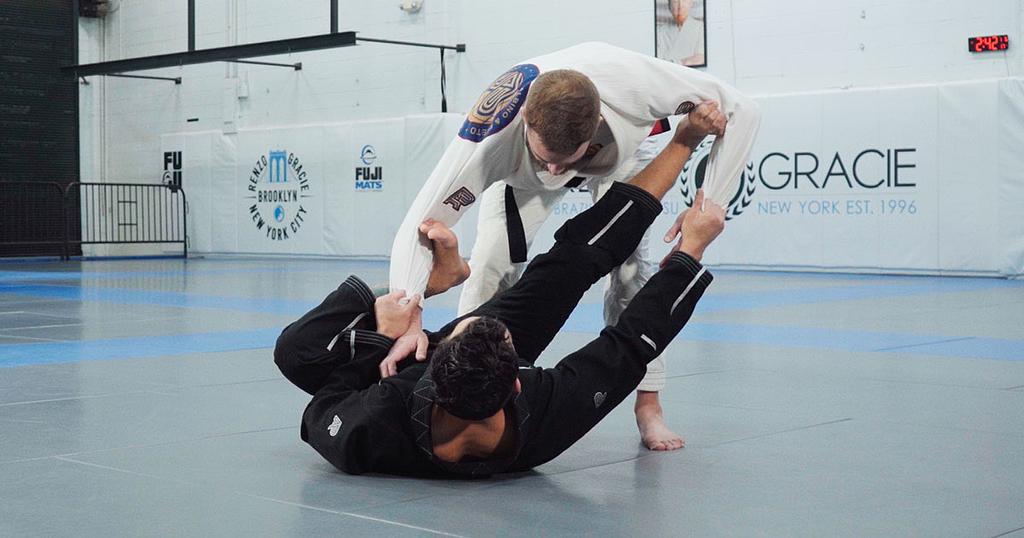
In the Spider Guard, your legs play a pivotal role, as you control one or both of your opponent's arms by placing your feet on their biceps. This position is excellent for maintaining distance and setting up triangulations or sweeps.
De La Riva Guard
For the De La Riva Guard, you wrap one leg around your opponent's leading leg and hook it from the outside, often using grips on the sleeve or ankle to control their posture. It opens up a variety of attacks, including back takes and sweeps.
X-Guard

X-Guard is a more advanced position where you position yourself beneath your opponent, your legs crossed in an 'X' formation around one of their legs. This highly dynamic guard is a powerful launching point for technical sweeps.
Lasso Guard
The Lasso Guard involves looping one leg around your opponent's arm and then securing it with your foot on their far shoulder or back. This creates a leverage point that allows for sweep and submission combinations.
Worm Guard
In the Worm Guard, you utilize the lapel of your opponent's gi, threading it around their leg and controlling it with your hand. This relatively newer guard offers a complex web of control and submission options.
Essential Open Guard Sweeps
The open guard is a versatile position in BJJ, offering a variety of dynamic sweeps to reverse the situation to your advantage. Mastering these essential sweeps provides a solid foundation for your open guard game.
Tripod Sweep
The Tripod Sweep hinges on destabilizing your opponent by manipulating three distinct points of contact. Position one foot on your opponent's hip and the other behind their knee. Your hand placement is crucial – grip their heel to elevate and tip them over, allowing you to move into a more dominant position.
Hook Sweep
To execute the Hook Sweep, you need to use your inside leg to hook your opponent's thigh while your outside leg chops at their knee. This technique disrupts their balance, providing an opening to sweep them onto their back. Timing this sweep correctly can convert a defensive position into an offensive opportunity.
Scissor Sweep
The Scissor Sweep involves a coordinated movement where you block one of your opponent's arms and place your knee across their chest. Then, scissor your legs – the bottom leg sweeps across their legs while the top leg pushes against their torso, effectively sweeping your opponent and granting you the top position.
Spider Guard Sweep
With the Spider Guard Sweep, you employ grips on your opponent's sleeve while using your feet on their biceps. This sweep demands you off-balance your opponent by stretching their arms and swiftly tipping them to one side. It's a powerful technique to reverse positions from the open guard.
Sumi Gaeshi
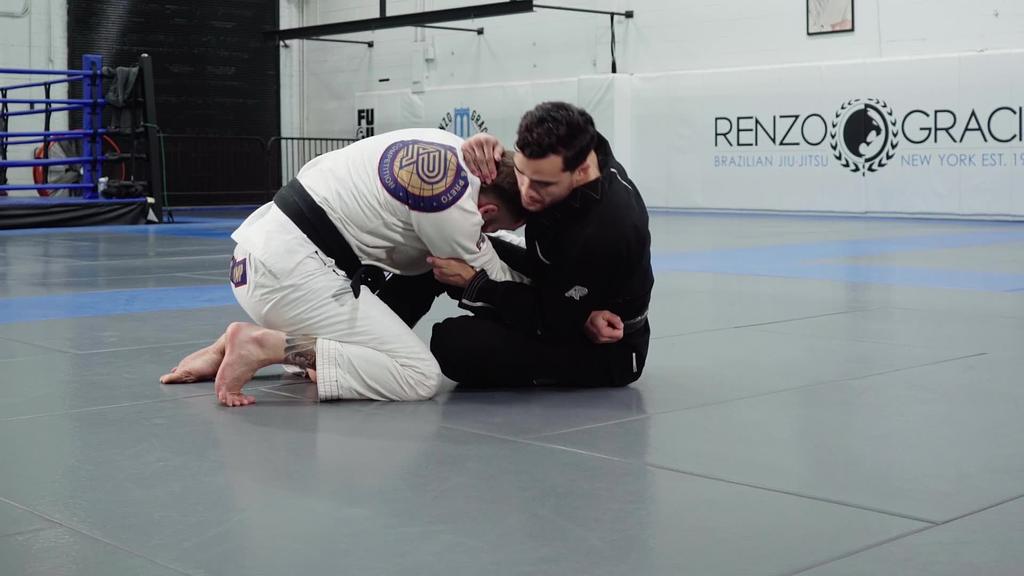
In the Sumi Gaeshi, leverage is your primary tool. When your opponent attempts to pass, loop your arm around their leg, and use your opposite foot to create a fulcrum on their hip. A quick lift and turn can send your opponent over you, placing you on top in an ideal attacking posture. This is the most common sweep from the butterfly guard position.
Employing these sweeps necessitates constant practice and a keen sense of timing to anticipate and react to your opponent's movements. Remember, smooth execution comes from repetition and understanding the mechanics of each movement.
Guard Passing Strategies
Transitioning to a top position from an open guard is both a fundamental skill and pivotal in your progression towards submissions. A solid guard pass can dramatically alter the course of your match or sparring session. Understanding these techniques will enhance your ability to control the fight.
Posture and Control: Always maintain a strong posture to avoid getting pulled into your opponent's game. This is your defensive bedrock from which all successful guard passes build.
Torreando Pass (Bullfighter Pass):
- Grip your opponent's pants or legs.
- Move to the side, creating an angle.
- Use quick side-to-side motion to disrupt their balance.
Leg Drag Pass:
- Grip one leg near the ankle and knee.
- Redirect the leg across your body.
- Move into a more dominant position, setting the stage for potential submissions.
Lace Pass: An essential technique for BJJ fighters, the lace pass starts by grabbing the opponent's pant leg. You then place your other foot on their hip, transitioning your knee to the ground and onto their shin to secure the pass.
Tips for Successful Passing:
- Be patient: Work your pass methodically.
- Stay balanced: Avoid overcommitting to avoid being swept.
- Transition smoothly: Shift from passing to attacking fluidly.
Being adept in a variety of guard passes allows for adaptability against different types of open guards. With practice, your transitions will become seamless, paving the way to securing top position and hunting for submissions.
Submission Attacks from Open Guard
Your open guard is not just a defensive tool; it's an elaborate setup for various submission attacks. Whether you're controlling the distance with your legs or entangling your opponent, this position offers you numerous opportunities to submit your rival.
Lasso Guard Attacks
The lasso guard, with your leg circling around the opponent's arm, positions you to control their posture and opens avenues for submissions. Key techniques you might employ include:
- Armbar: By manipulating their arm trapped in your lasso, swiftly pivot your hips to extend their elbow against the joint.
-
Triangle Choke: Transition from your lasso to a triangle setup by pulling the other arm and slipping your leg over their shoulder.
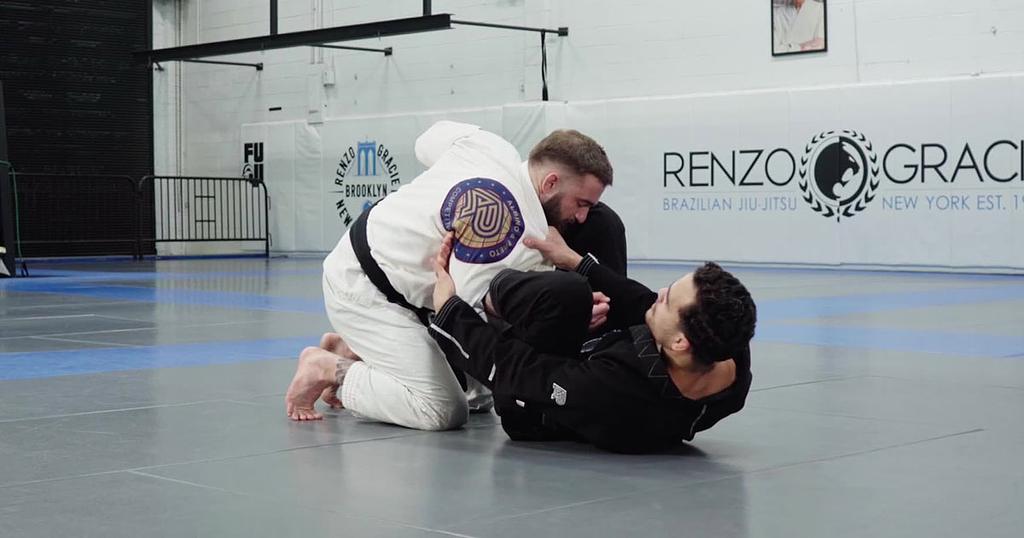
Danny Stolfi isolates the elbow to setup a triangle from Lasso Guard
Using these attacks requires diligence in maintaining grip and leg placement to successfully execute a submission.
Open Guard for No-Gi and MMA
When grappling without the gi, your open guard is a crucial element of your defense and offense. In no-gi scenarios, the lack of clothing to grip alters your approach. In MMA, where striking is involved, maintaining an effective open guard becomes even more essential to protect yourself and to control the distance.
Essentials of No-Gi Open Guard:
- Hooks: Utilize butterfly hooks to elevate and unbalance your opponent. The absence of gi sleeves and pants means you'll rely heavily on hooks for control.
- Overhooks and Underhooks: Establish firm overhooks and underhooks as they are pivotal for controlling your opponent's posture and setting up sweeps or submissions.
The dynamics of the open guard in MMA are influenced by the threat of strikes. Your objectives are twofold: protect yourself from ground-and-pound and create opportunities to neutralize your adversary's strike advantage.
- Movement: Stay active with your hips and feet. Constant movement can prevent your opponent from setting up strikes and passes.
- Posture Control: Aim to control the opponent's upper body with grips akin to overhooks or by clinching the head and arms to minimize the power and frequency of incoming strikes.
In both no-gi grappling and MMA, having a strong open guard game can dictate the flow of the match. Whether you're aiming for sweeps, going for leg entanglements, or trying to get back to your feet, the concepts remain consistent: manage the distance, control the opponent, and stay prepared to transition.
Remember, proficiency in the open guard comes from not just understanding these principles but also from countless hours of drilling and live sparring. Embrace your open guard as a versatile tool in your no-gi and MMA arsenal.
Advanced Concepts and Techniques
When transitioning to an advanced level within the open guard, your focus shifts from basic retention to dynamic attacks and sweeps. In this realm, the sasae tsurikomi is a pivotal concept to understand. Executing this requires impeccable timing and a deep understanding of kuzushi (balance breaking), turning your opponent's movements against them.
Techniques involve intricate lapel and sleeve grips. These grips are not just about holding on; they're about manipulating your opponent's posture and balance. In a gi context, a dominant sleeve grip can provide substantial control and set up a plethora of sweeps or submissions.
Against a skilled opponent, particularly one at black belt level, your technique execution must be precise. The following tips are crucial:
- Employ grips assertively; whether it’s a sleeve grip in gi, or wrist and ankle grips in no-gi, secure them quickly and use them to off-balance your opponent.
- Anticipate and adapt to your opponent's reactions; this may mean transitioning through various forms of open guard—spider, butterfly, or de la Riva, as the situation demands.
- Incorporate feints and combinations; misdirect a defending opponent to create openings for attacks.
Remember, the concepts and techniques in advanced open guard are vast and intricate. Your growth in this area hinges on consistent practice and situational awareness, continually refining your movements and strategies.
Training and Drills to Improve Your Open Guard
To develop a proficient open guard in BJJ, consistent training and specific drills are essential. The open guard is a fundamental aspect of grappling, and mastering it can greatly enhance your defensive and offensive capabilities on the mat.
Drills for Mobility and Control:
- Hip Escapes: Improve your mobility on the ground by performing hip escapes, which will help in repositioning your legs to maintain an effective guard.
- Leg Circles: Practice leg circles to enhance your ability to control distance and manage your opponent's attempts to pass your guard.
Transition Drills:
- Switching Guards: Train to switch between different open guard styles, such as from a spider guard to de la Riva, to create seamless transitions and keep your opponent off balance.
- Flow Drills: Engage in repetitive flow drills that allow you to cycle through various open guard positions, maintaining fluidity and responsiveness.
Strength and Conditioning:
- Core Exercises: Strengthen your core muscles. A strong core is vital for maintaining an active guard and effectively implementing sweeps and submissions.
- Grip Strength Workouts: Fortify your grip with specialized exercises such as gi pull-ups, as a firm grip is crucial for controlling your opponent's gi and limbs.
Remember to incorporate live sparring sessions where you focus solely on maintaining and attacking from the open guard. Regularly practicing these drills and exercises will lead to significant improvements in your BJJ open guard game.


